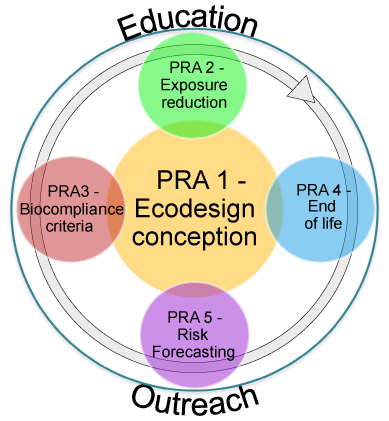
Nanotechnology appears as one of the most promising fields of science and technology. The improvements and modifications of these new nano scale materials properties can appear disruptive and strongly challenges the existing products and technologies. In most cases nanotechnologies will bring beneficial effects in our lives (medecine, environment, electronics…). Nanotechnology therefore appears as strategic and a key of success in the globalized economy. However the fast development of nanomaterials and the estimated production for next years has triggered many debates concerning their safe development and use.
To reach the forecasted level of economical development, the public acceptance of nanotechnology is essential not only in terms of human health safety but also concerning the environmental impact. Nanotechnology faces a big challenge that requires to develop a new paradigm in the concepts of design and production of nanomaterials.
The project SERENADE proposes an integrated scientific and educational approach to develop new concepts and tools for the Safer and Ecological Design in Nanomanufacturing Processes and Products.
To reach this ambitious objective the core of the project is structured around the stages of the life cycle of nanomaterials.
PRIORITY RESEARCH ACTIONS
1 - 5
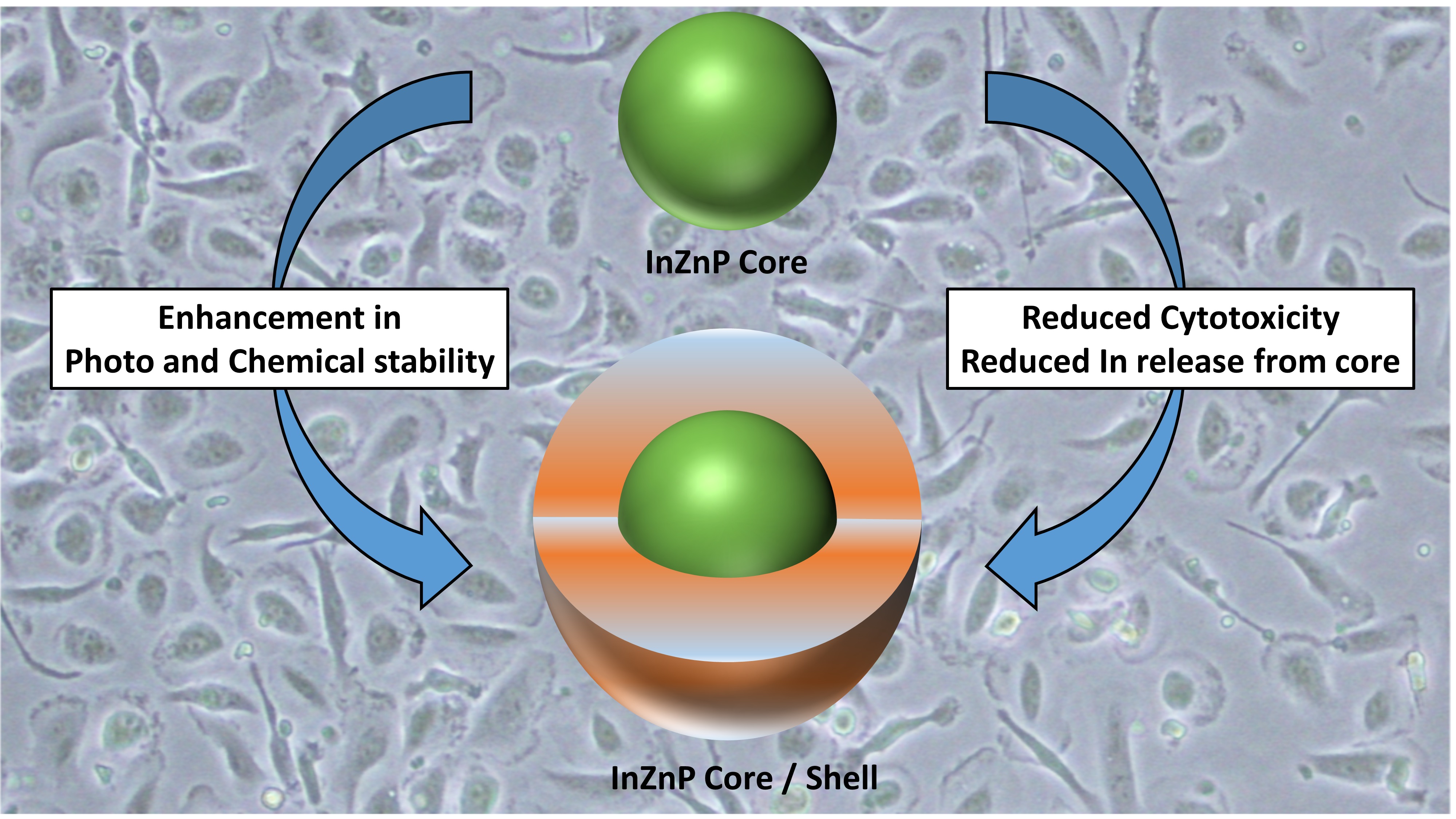
Ecodesign conception
The objective of PRA 1 is to design nanomaterials with specific and innovative industrial applications but safe for human and the environment.This will promote the sustainable and responsible development, and the competitiveness of national and European SMEs and large companies involved in nanotechnologies.
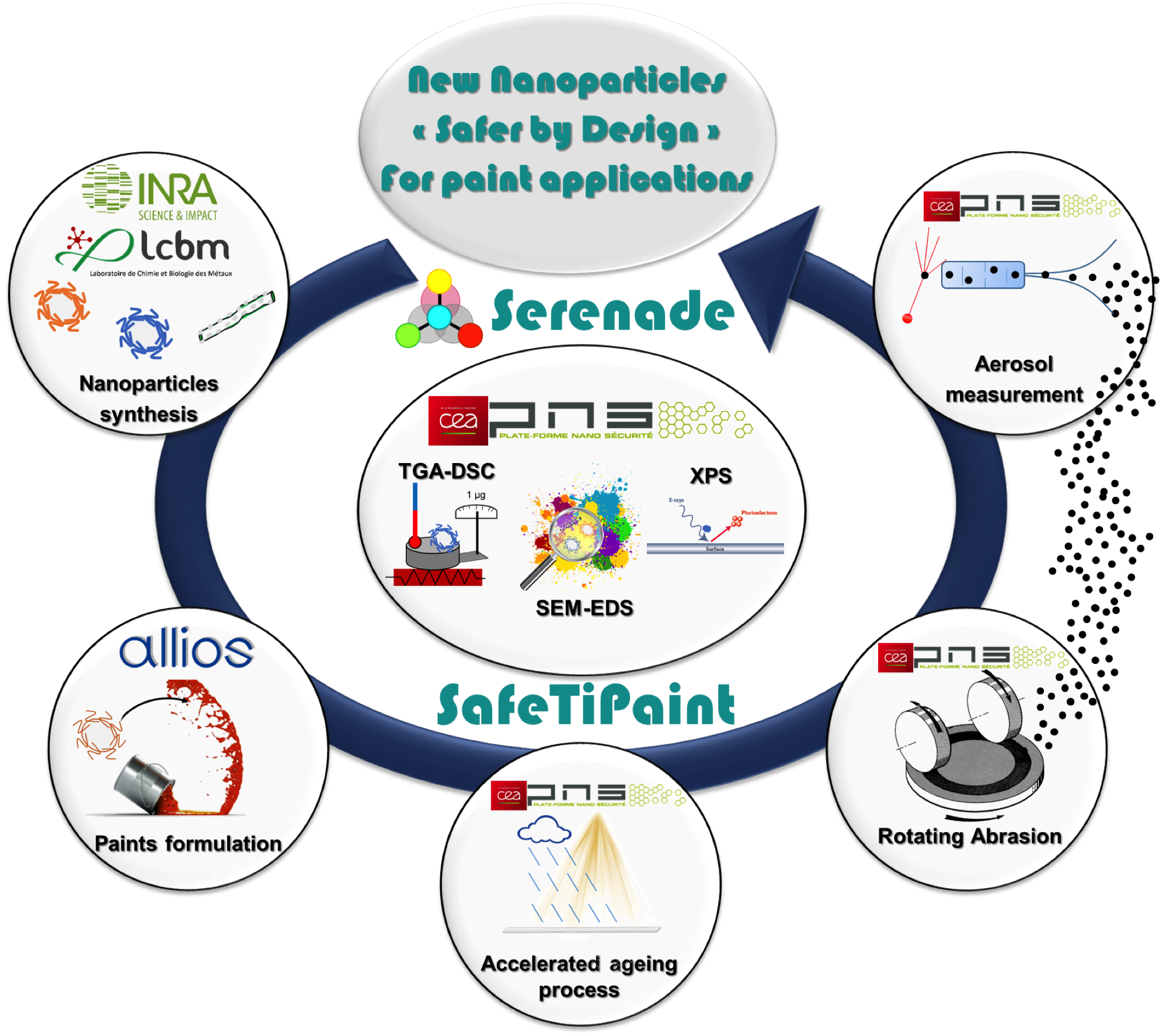
Exposure reduction
The objective of PRA 2 is to reduce the exposure to nanoparticles, nanomaterials and nano by-products during the whole life cycle of nanomaterials.The aim is to reduce the exposure of nanomaterials from synthesis (occupational exposure), use of nano (release of nano by-products under conditions of normal use and/or accidents), end of life.
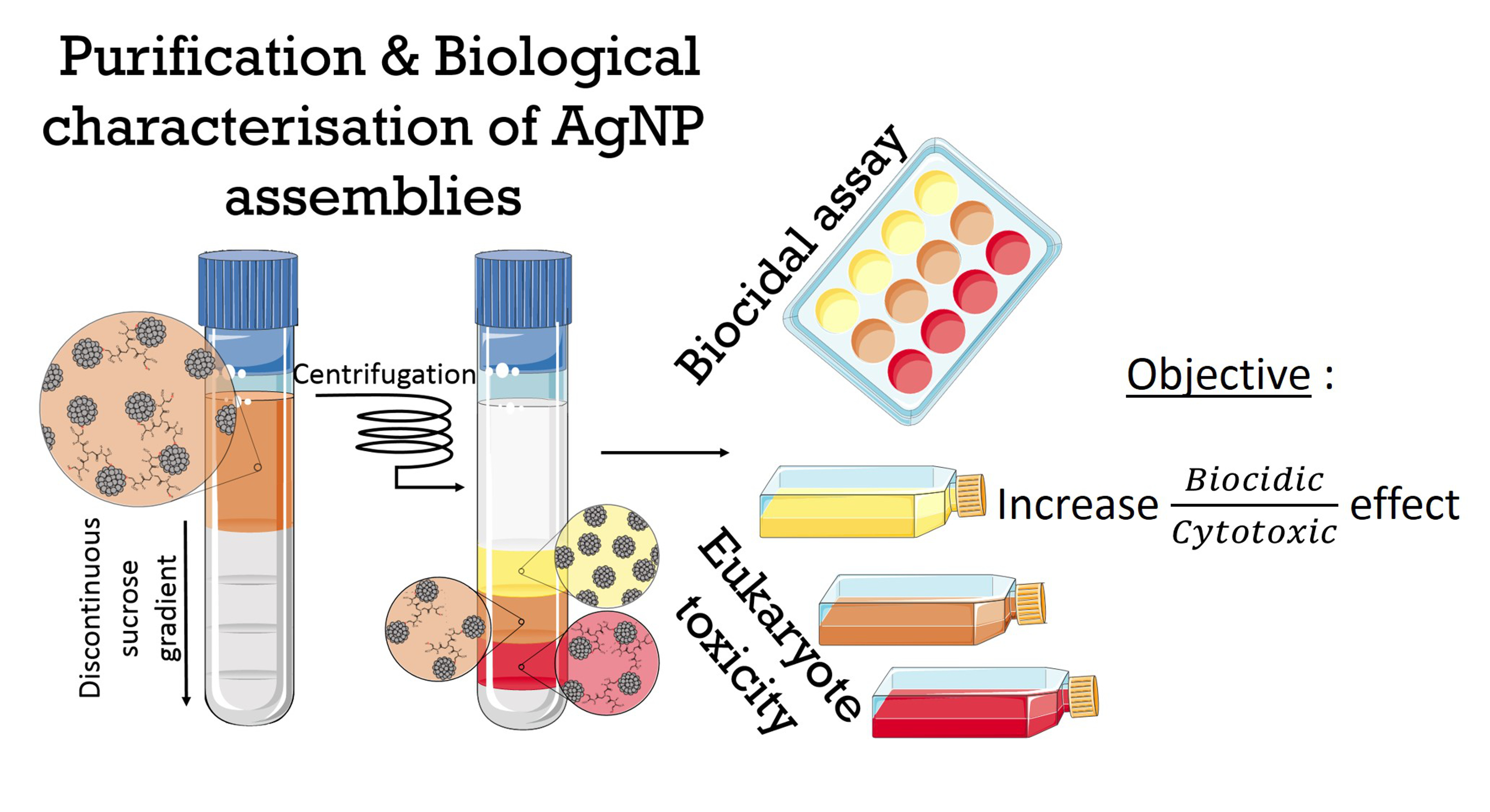
Biocompliance criteria
The objective of PRA 3 is to study the impacts of NMs on living organisms and human cells, relation between nanoparticles properties (surface reactivity, redox...) and biological effects. Plus an experimental and modeling approaches.The PRA 3 analyzes the fundamental mechanisms of transfer, transformation and toxicity of NMs obtained by altering nano-products as described in the PRA2 and selected by the partners of the PRA1.
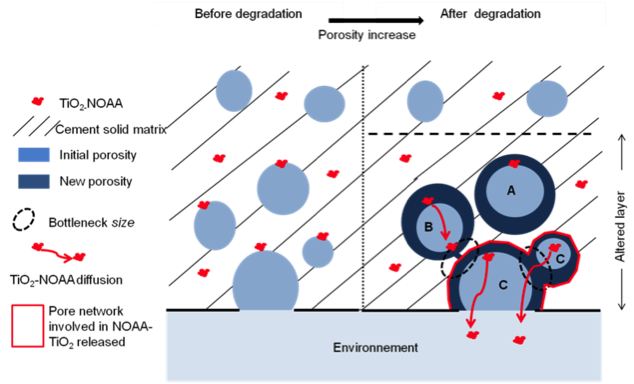
End of Life
The objective of PRA 4 is to develop green chemistry processes to recycle and treat nanomaterials and nanoproducts.The goal of this PRA is the development of advanced technologies for the end of life of the products: recycling, waste management, water treatment will be implemented in close relations with the companies starting from the best technologies (coagulation-floculation, flotation, membrane separation, fragmentation, incineration…)
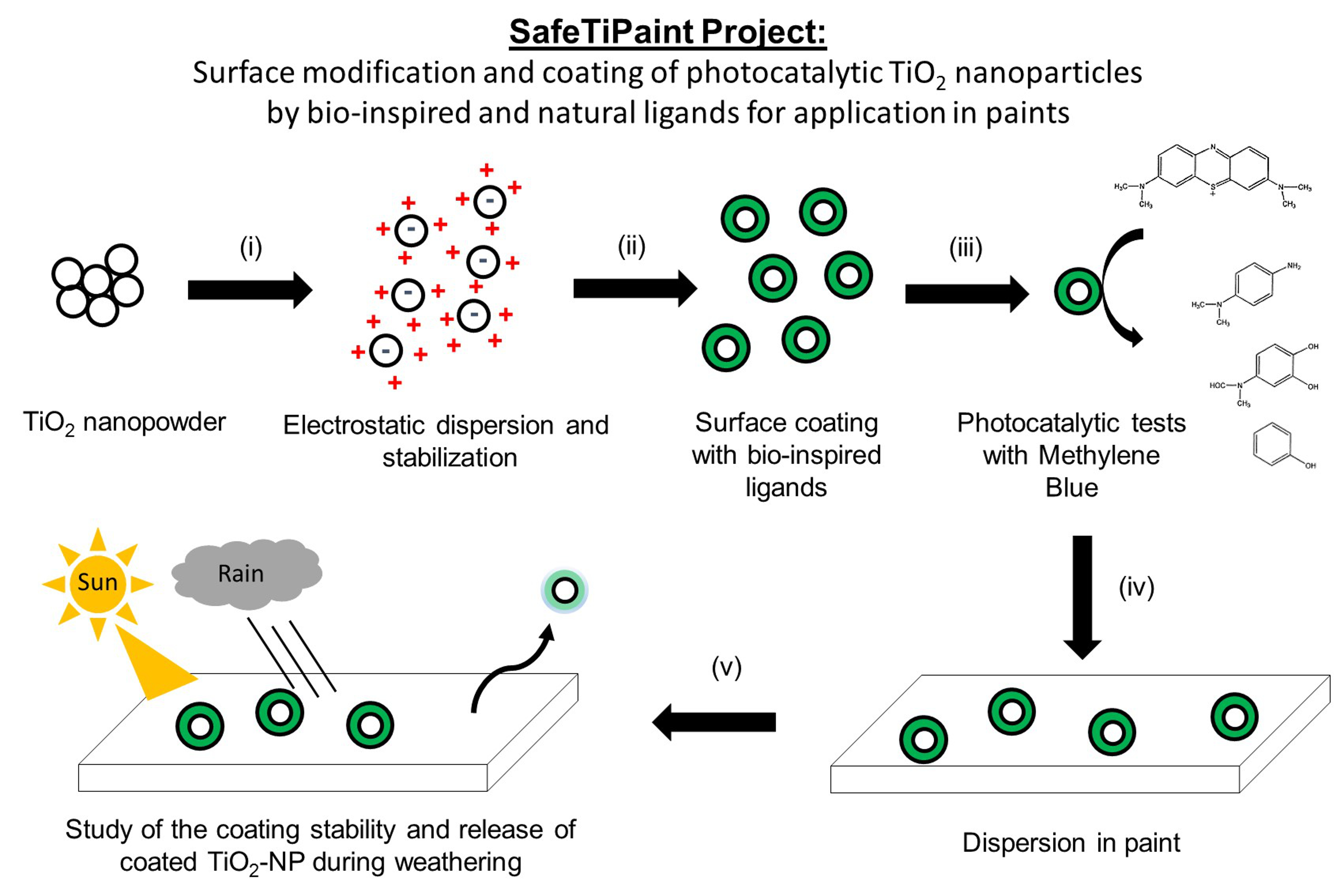
Risk Assessment Modeling
The objective of PRA 5 is to develop a predictive risk model based on the life cycle from the production to the end of life of nano enabled products and allowing an updating as new information are obtained.This PRA will be developed in close relations with CEINT at Duke University (Mark R Wiesner) through a shared PhD and close collaboration with EMPA and ETH in Zurich (Bernd Nowack and Martin Scheringer).





